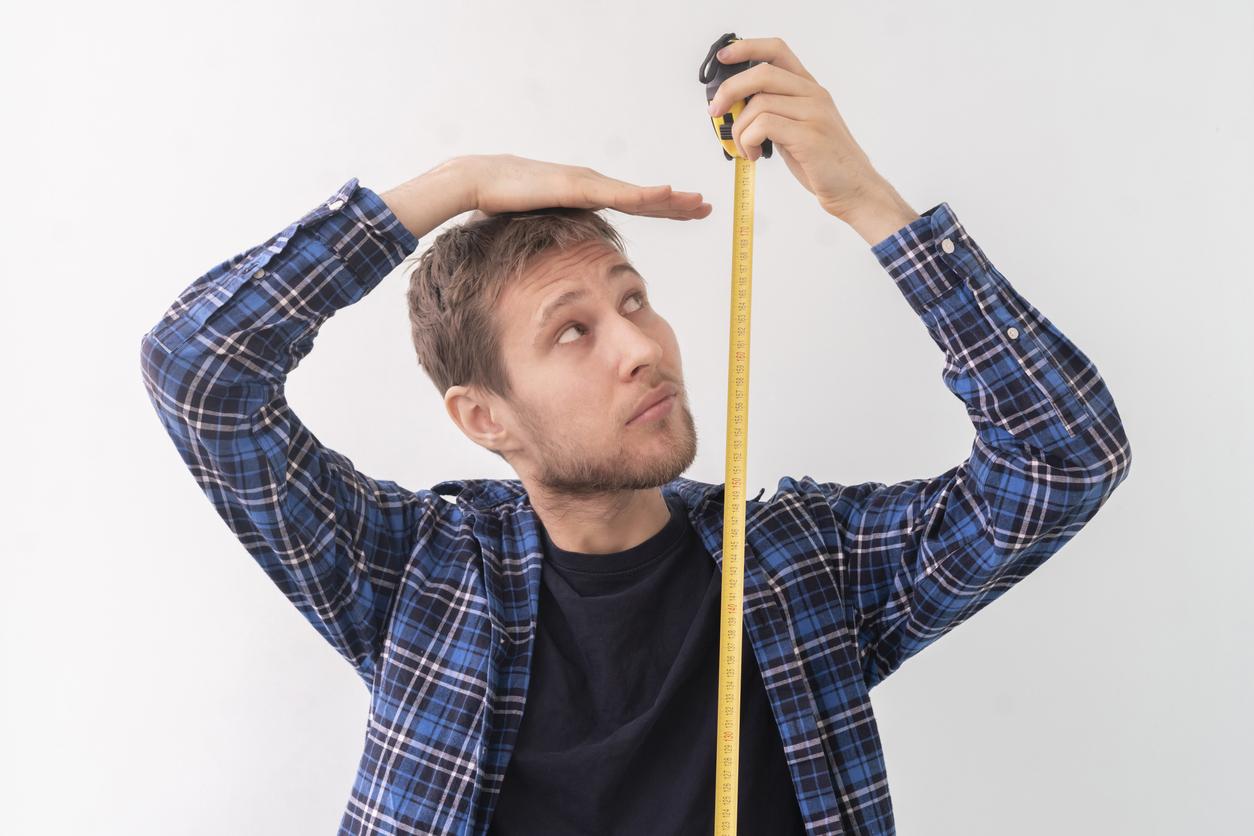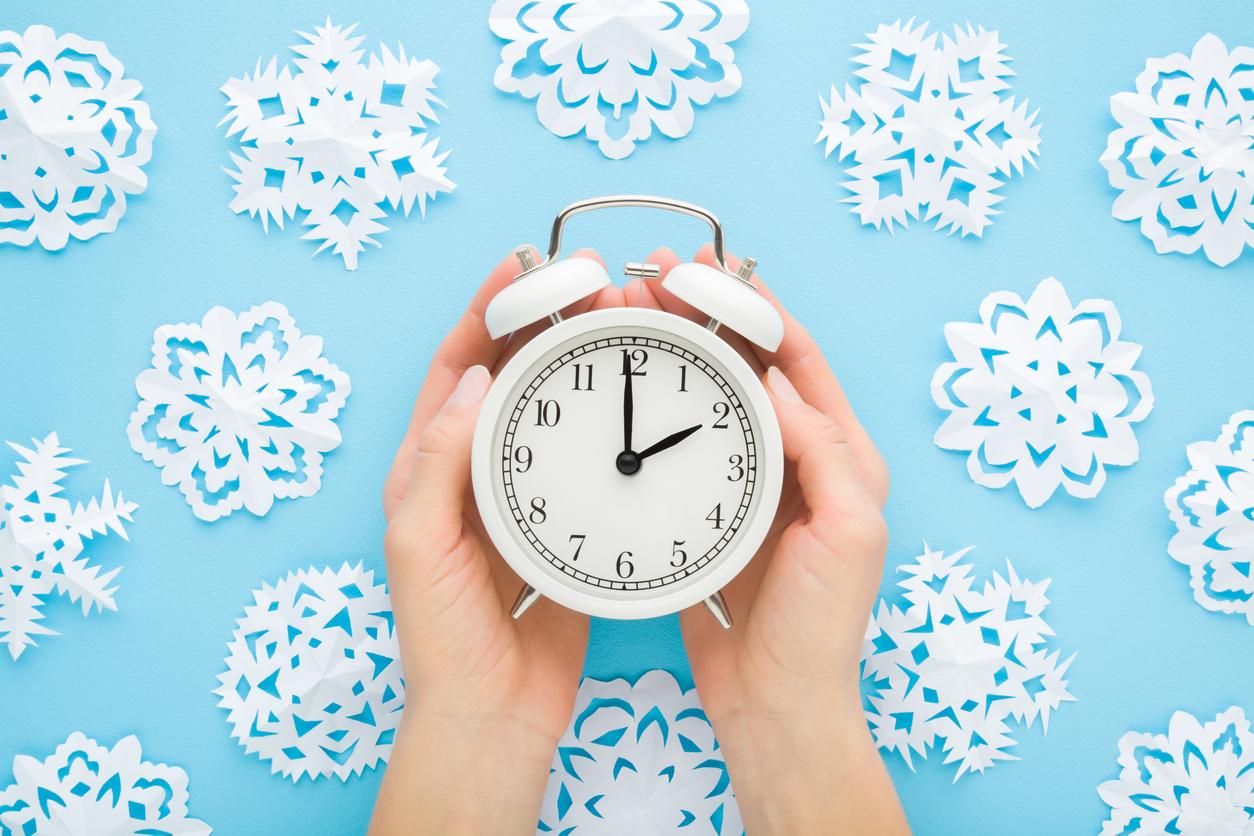According to Phillip Hammack, professor of psychology at the University of California, the 21st century is marked by a “quiet revolution” in intimate relationships.

The 21st century is witnessing the beginning of a “quiet revolution” in intimate relationships, according to Phillip Hammack, professor of psychology at the University of California. For the specialist, more and more people thrive in sexual relationships other than monogamy and heterosexuality.
He cites, for example, asexuals, fetishism, polyamorous or transgender relationships. The legalization of same-sex marriage would be, according to him, the engine of the explosion of the diversity of relationships.
asexual people
“I called it a quiet revolution, because it’s really different from the sexual emancipations of the 60s/70s, which were very visible”, explains the professor in his article “Queer Intimacy: A New Paradigm for the Study of Relationship Diversity”.
Regarding asexual people, for example, the fact of having been deleted from the last DSM-5 pushed them to regroup discreetly on the Internet in the early 2000s. “It is assumed that asexual people do not have relationships because they experience little or no sexual desire, but that’s a myth,” says Phillip Hammack. “They have intimate relationships, but we don’t know much about them,” he adds.
Polyamory and fetishism
Another example, polyamory now appears in the Oxford English Dictionary. It is defined there as a “practice of having multiple sexual relations with the consent of all concerned”. The success of the novel Fifty Shades of Graypublished in 2011, opened the debate on fetishistic relationships, long considered abnormal.
“One of the most interesting things is that heterosexuality is opening up like never before”, concludes Phillip Hammack, for whom all these new sexual practices and their family consequences must be newly analyzed from a point of view scientist.
Sex with people of the same sex
A study published in the journal Archives of Sexual Behavior indeed indicates that the percentage of adults who have had sex with people of the same sex has doubled since the 1990s. It also reveals that acceptance of same-sex sexuality has increased among all generations, with Millennials being the more receptive.
Between 1990 and 2014, the percentage of men who reported having had sex with at least one man increased from 4.5% to 8.2%. The number of women who reported having had sex with at least one woman increased from 3.6% to 8.7%. The percentage of adults reporting having had sex with both men and women increased from 3.1% to 7.7%. Among Millennials – adults aged 18-29 in 2010 – 7.5% of men and 12.2% of women said they had ever had a homosexual experience.
.

















